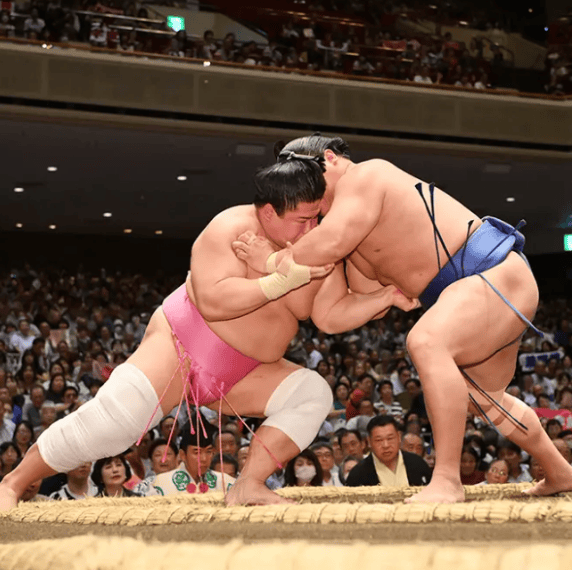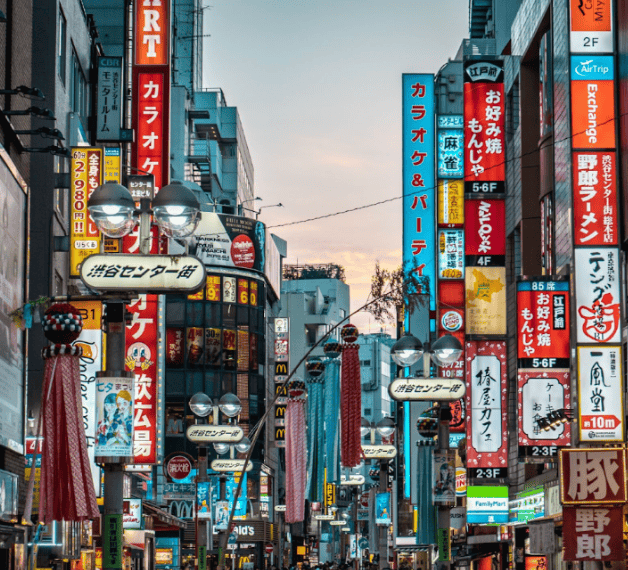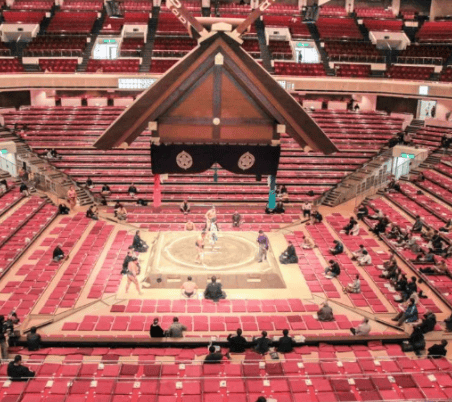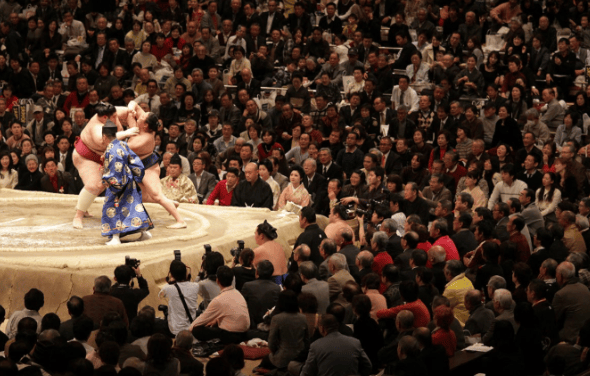

Sumo wrestling may be a laugh-worthy afterthought for most Westerners, but in Japan, the sport is a serious display of cultural customs. It’s a sacred smash. Tradition aside, watching two mammoth-sized dudes slamming into each other at full force is a wild sight. If you’re visiting Tokyo, you must see Sumo–the energy is untamed, the culture is unmatched, and the fun is unrivaled. Here's why:

It’s perfect for any college budget. Tickets are inexpensive, with decent seats ranging from just $15 - $30 USD. Don’t worry about being stuck in the nosebleeds, the venues are small and every seat has a close view … no binoculars necessary. Not only will these matches never break the bank, they play into every traveling student’s golden rule: Have fun but spend little. Prices aside, these matches are quick and easily squeezable into any jam-packed Tokyo itinerary. Fights literally last only thirty seconds. So buy your ticket and watch as many duels as you’d like–knowing you are not committed to some multi-hour viewing experience.
It’s a vibrant display of Japanese culture. Matchdays are filled with ancient rituals, odes to tradition, and blasts from Japan’s past. Listen to traditional Japanese instruments dramatically strum as the warriors enter the ring. Then, see referees dress like Shinto priests, wrapped in exotic robes colored with flowery patterns. Next, wrestlers stomp around the ring to ward off evil spirits, before tossing salt down to purify the arena’s energy. It’s like walking into a time machine towards centuries of the past …you’ve definitely never seen anything like it.

Tokyo’s main sumo arena, Ryōgoku Kokugikan, is super cool. The building is massive and has this shrine-like vibe to it. You’re not just walking into a stadium, you’re entering the spiritual home of sumo. You can feel the history and energy inside this place–it's the perfect blend of sports drama and traditional culture. There is a sumo museum, trophy displays, grand murals of iconic matches, and colorful banners showcasing everyone’s favorite wrestlers. Plus, if you’re lucky, you might catch Sumo wrestlers roaming around outside the stadium.


The crowd is half the fun. It gets quiet and tense during pre-match rituals, then explosively cheerful after victory is declared. Roaring with the fans is the best emotional rollercoaster. You can feel the claps, chants, and cheers in your bones. Hum along to the ‘ooohs’ and the ‘aaahs’ of the crowd, and you’ll feel like you’re a part of something bigger than yourself. If you’re lucky enough to witness a top-ranked wrestler lose, don’t be surprised when the crowd starts throwing chair cushions towards the ring … It's tradition.
Sumo is a once-in-a-lifetime experience. There is nothing like hearing the sheer force of two warriors collide, the smacking of flesh echoes throughout the entire arena. These guys are far from just heavy eaters, they are human wrecking balls–explosive athletes who can throw 400-pound opponents out of the ring in seconds. It’s raw, unfiltered power you won’t see in any other sport. Plus, most students traveling to Tokyo will say they ate sushi and went to Shibuya … cool, but how many can say “I watched two sumo legends slam into each other in Tokyo’s national arena”? Not many. That’s a killer story for both your Instagram and your group chat.

Sumo is more than a bull-dozing bout, it’s an immersive glimpse into Japanese culture. The lively vibes, ancient traditions, wild scenes, and cheap prices make it a must do. So, if you’re headed to Tokyo, catch a game; Just make sure to not flash dirty looks towards the wrestlers, they might squash you.
Written by: Nick Faggio